
Table of Contents
Why Having a Web Developer Portfolio is Essential?
A portfolio is your digital handshake in the professional world. It highlights your relevant projects, personal achievements, and technical proficiency. More than just a resume, it offers a comprehensive overview of your career journey, showcasing your growth and expertise in programming languages and development tools.
Providing a Comprehensive Overview of your Career Journey
A web developer portfolio allows you to present a cohesive timeline of your career journey. This includes information about your previous employment, freelance experience, educational background, and any relevant internships or volunteering opportunities. By providing a comprehensive overview of your career, you can give potential clients or employers insight into your professional growth, experience, and overall trajectory.
Showcasing Creativity and Creating an Impactful Design Skills
The design of your portfolio speaks volumes about your capabilities as a web developer. It’s essential to choose the right colors and palettes that reflect your professional identity. Incorporating animations and interactive elements can make your portfolio stand out, but it's vital to balance these with clean and modern design principles to ensure your website remains accessible and easy to navigate.
As a web developer, it is important to showcase not only your technical skills but also your creativity and design abilities. A visually appealing and well-designed portfolio can demonstrate your eye for aesthetics and your ability to create engaging user interfaces. Including screenshots or links to live projects can provide potential clients or employers with a tangible example of your design skills.
Highlighting Relevant Projects and Personal Achievements
A portfolio allows you to showcase your best work and highlight specific projects that demonstrate your expertise in different areas of web development. By featuring a diverse range of projects, you can showcase your versatility and ability to tackle various types of projects. Additionally, including personal achievements such as certifications, awards, or recognition helps further establish your credibility in the industry.
Demonstrating Technical Skills and Proficiency in Programming Languages
Including a section that outlines your technical skills and expertise in different programming languages is important for potential clients or employers to assess your capabilities. By providing a clear overview of your skills, you can demonstrate your proficiency and attract clients or employers who require specific technical expertise.
Stand Out from the Competition
In a saturated market, having a web developer portfolio sets you apart from the competition. It allows you to differentiate yourself by showcasing your unique skills, projects, and personal brand. By presenting your work in a professional and organized manner, you can make a lasting impression on potential clients or employers.
Staying on Top of Current Trends and Technologies
The tech world is ever-evolving, and so should your portfolio. Keep abreast of current trends and technologies by following industry blogs and news sources. Continuous learning and experimentation with new design styles and techniques will ensure your portfolio remains relevant and compelling. For developers looking to enhance both performance and SEO, consider exploring our guide on Integrating Orbitype with Nuxt.js for Optimal Performance and SEO to stay ahead in delivering high-performing web applications..
Leveraging Social Proof and Professional Network
Your portfolio should also serve as a platform for showcasing your professional network and previous clients. Integrating social media accounts and professional profiles can enhance your online visibility. Highlighting awards and recognitions further underscores your expertise and achievements in the field.
Tips for Creating an Effective Web Developer Portfolio
1. Choose the Right Platform: Select a platform that fits your needs and showcases your work in the best possible way. Popular options include WordPress, GitHub Pages, Behance, Dribbble or you can build your website with Orbitype.
2. Highlight your Skills: Clearly outline your technical skills, programming languages, and frameworks that you are proficient in. This will help potential clients or employers understand your expertise and capabilities.
3. Provide Project Details: For each project, provide a brief description that highlights the objectives, challenges, and your role in the project. Include screenshots, links to live projects, or code repositories to provide tangible evidence of your work.
4. Include Testimonials and Recommendations: Feature client testimonials or recommendations to build trust and credibility. Highlight positive feedback that demonstrates your professionalism, communication skills, and ability to deliver high-quality results.
5. Create a Clean and Professional Design: Your portfolio should have a clean and professional design that reflects your attention to detail and aesthetic sense. Use a consistent color scheme, typography, and layout to create a visually appealing and user-friendly experience.
6. Include Contact Information: Make it easy for potential clients or employers to get in touch with you by including your contact information prominently on your portfolio. This can include your email address, phone number, and links to your social media profiles or professional networking platforms.
7. Regularly Update Your Portfolio: Keep your portfolio up to date by regularly adding new projects, removing outdated ones, and updating your skills and accomplishments. This shows that you are actively working and continually improving your skills as a web developer.
Establishing Credibility and Trust
Establishing credibility and trust is fundamental in nearly every facet of professional and personal life, particularly in the digital age where interactions and transactions frequently occur online. Whether you're a freelancer, a business owner, a professional in any field, or simply an individual looking to build a personal brand, credibility and trust are the cornerstones of establishing a strong, positive reputation. Below, we delve into strategies and best practices for building and maintaining credibility and trust.
Conclusion: Crafting Your Digital Legacy
Your web developer portfolio is more than just a collection of projects; it's a reflection of your professional journey, your passion for technology, and your commitment to delivering innovative solutions. By thoughtfully curating content, focusing on design, enhancing usability, and leveraging social proof, you can create a portfolio that not only showcases your technical expertise but also tells the story of your unique professional path. Remember, a compelling portfolio is not static but an evolving platform that grows with your career. Continuously updating it with your latest work, achievements, and learnings will ensure it remains a powerful tool for connecting with opportunities and advancing your career in web development.



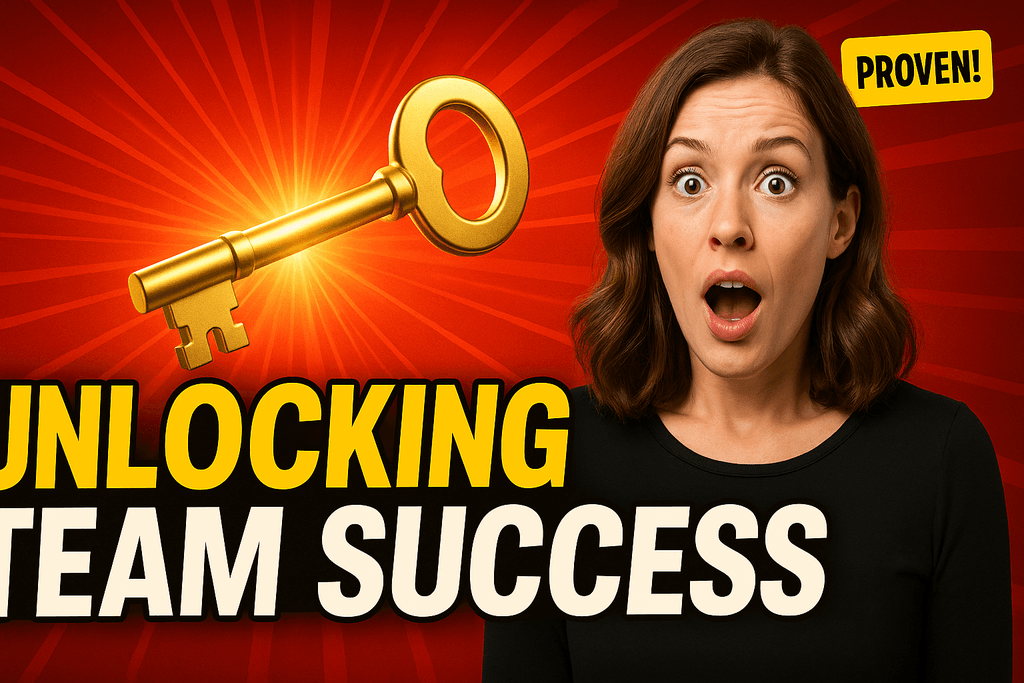
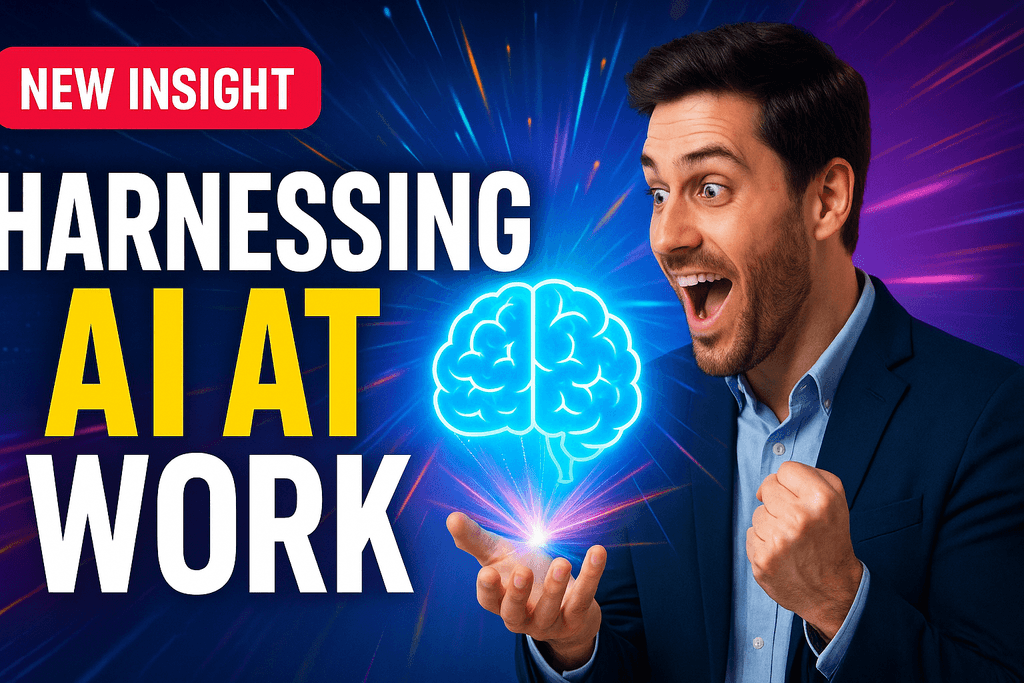
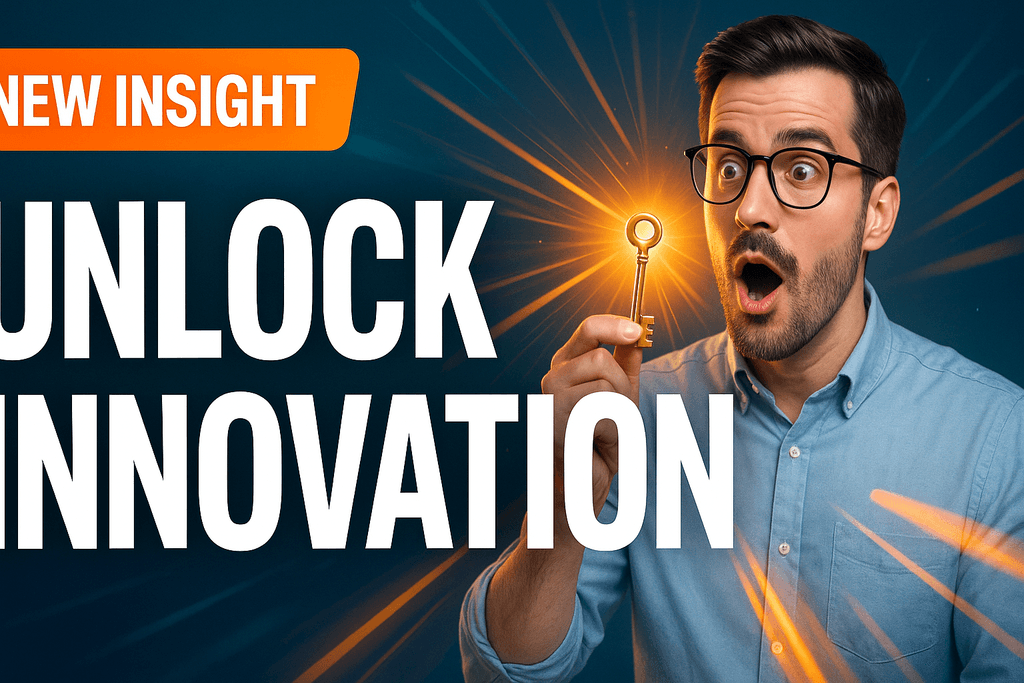
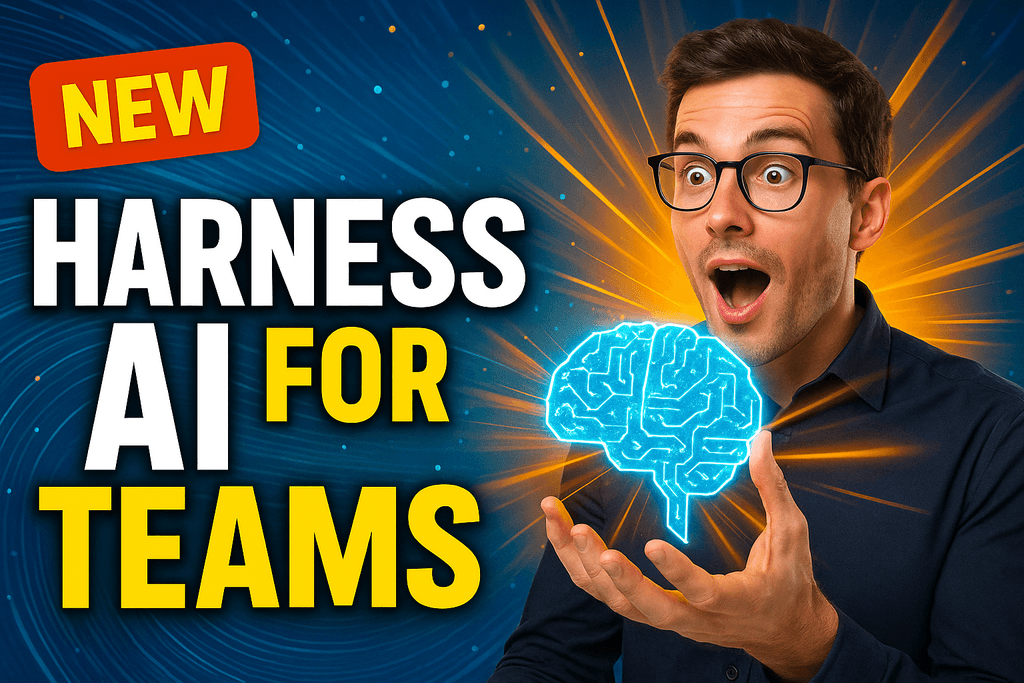
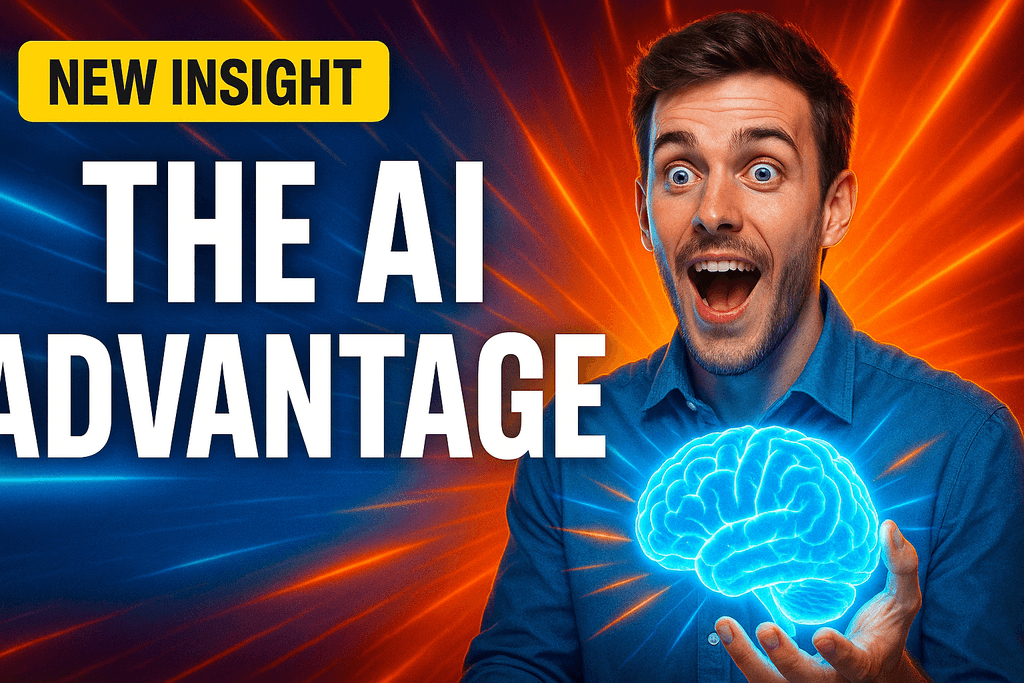

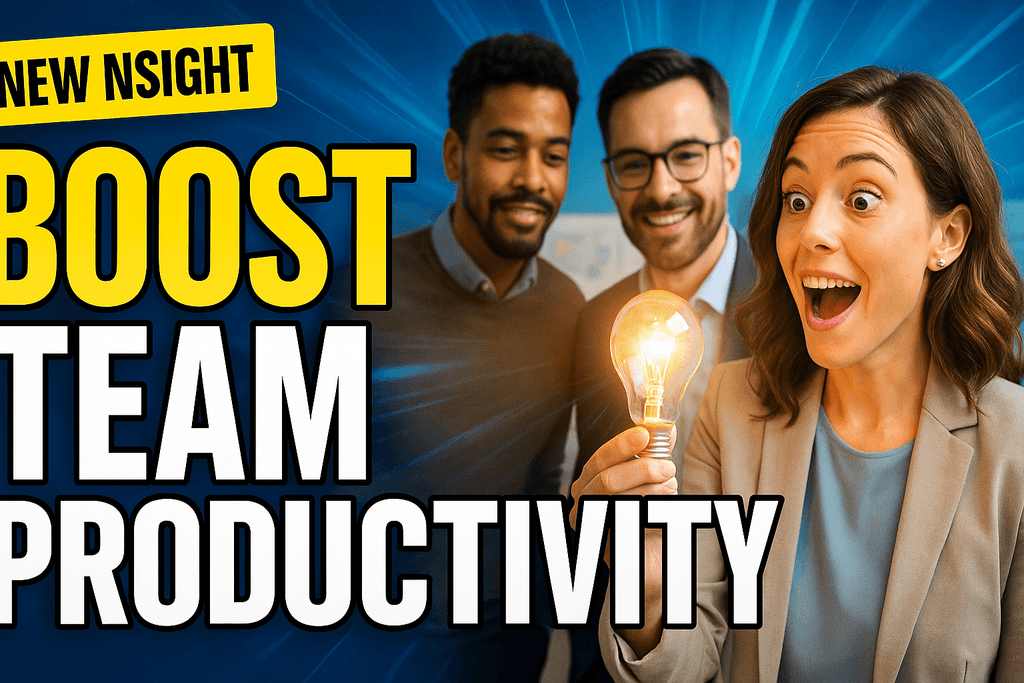












.png&w=1024&q=80)
